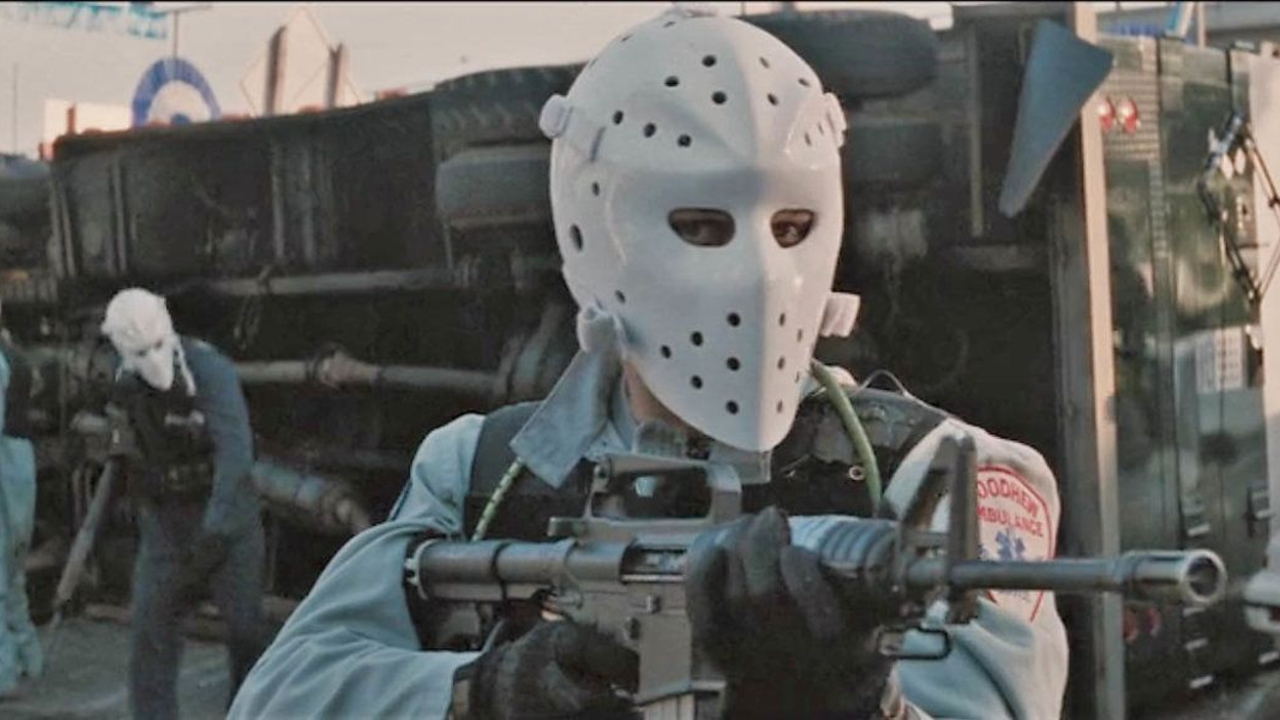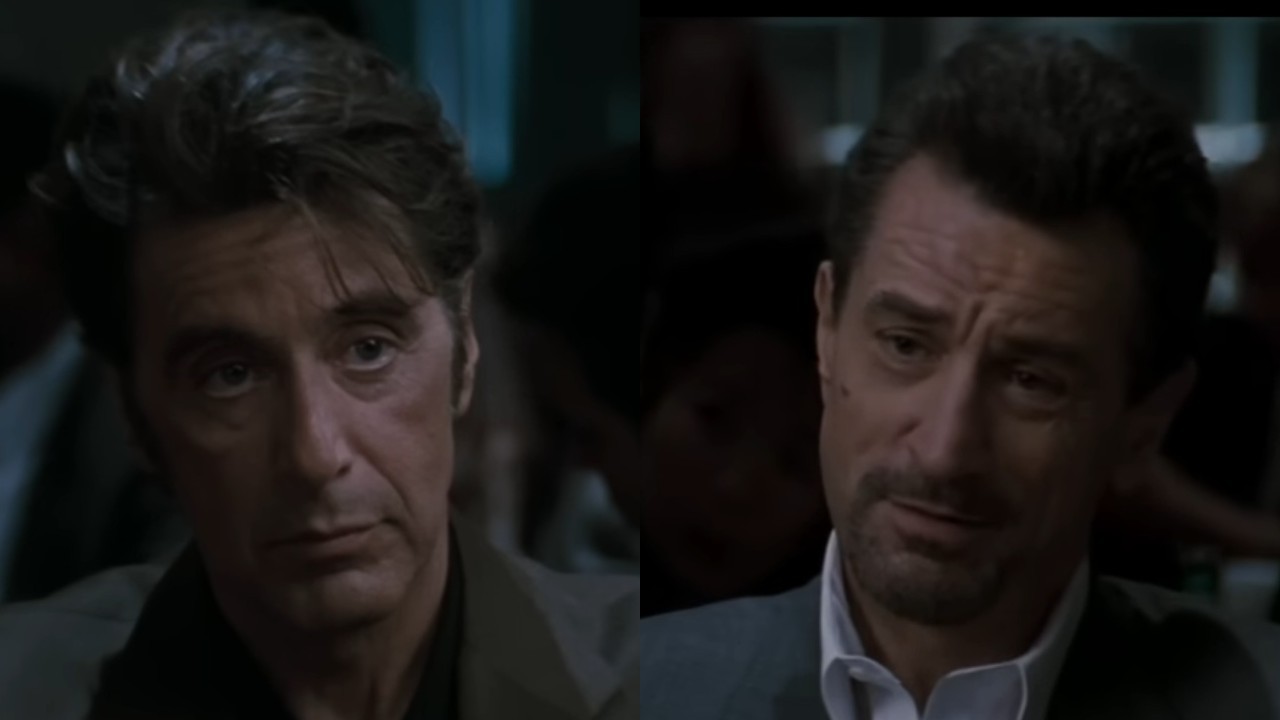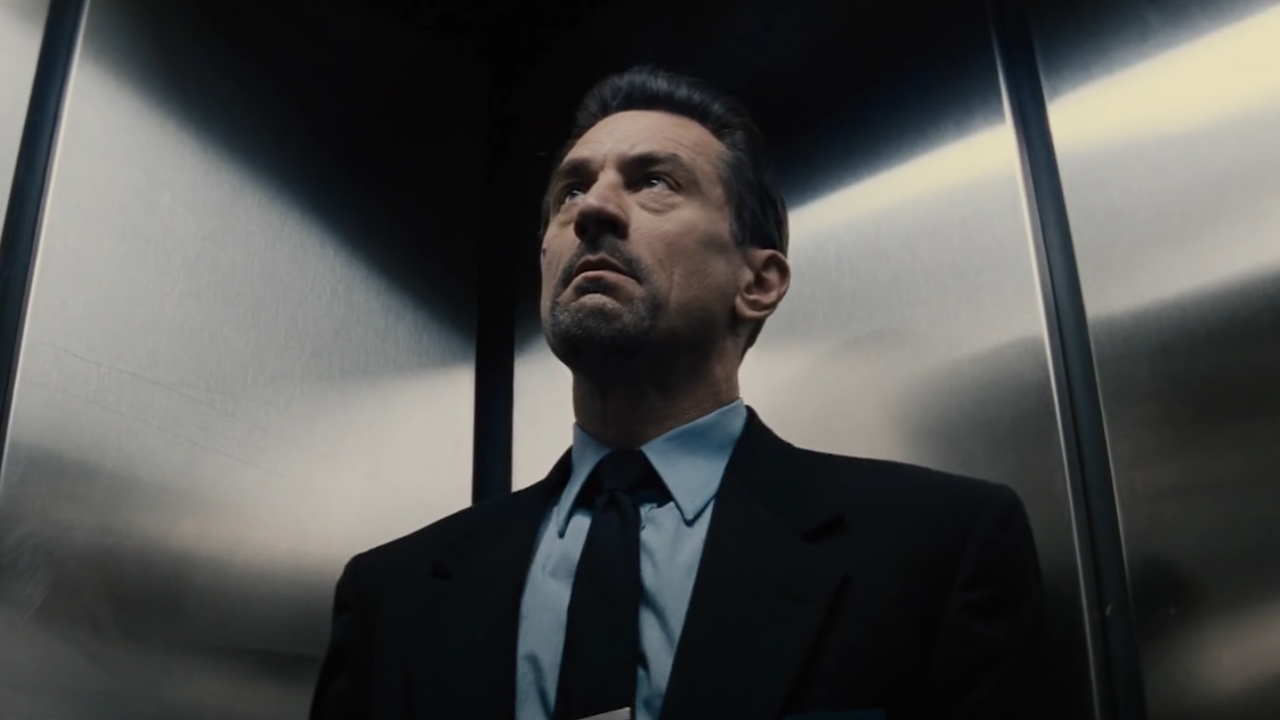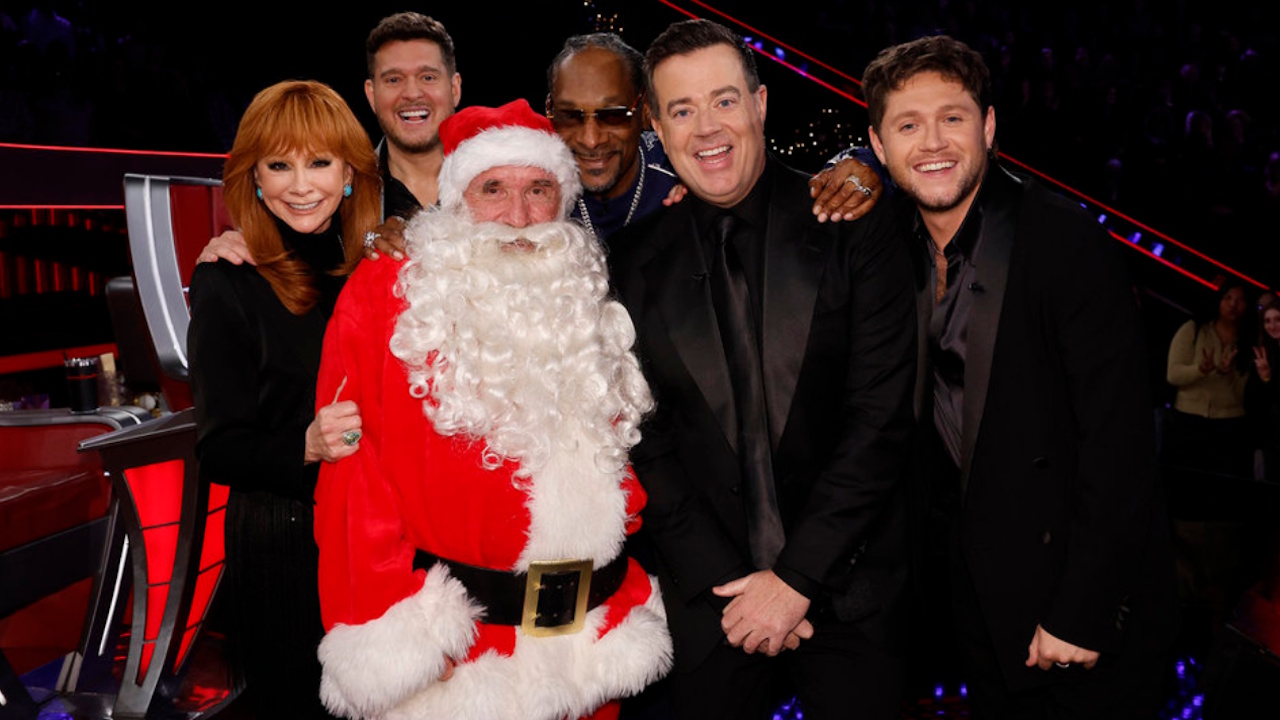Heat Is Turning 30, And I Need To Talk About Some Crazy Things About That Movie
The action is still the juice.

On December 15, 1995, Michael Mann gave the world one of the greatest heist films of all time and an amazing ‘90s movie that is still influencing pop culture with the release of Heat. Known as the first movie to feature Al Pacino and Robert De Niro in a scene together (they never appeared together in The Godfather Part II), this landmark action flick broke new ground for the genre and introduced audiences to some of the most iconic movie characters of all time.
With one of the biggest films of 1995 about to celebrate its 30th birthday, I’ve gone back and watched what I consider one of Mann’s crowning achievements (it’s a toss-up between this and Thief) to see how things hold up. Spoiler: this movie still rocks, still has the loudest shootout of all time, and still has one of the meanest movie villains of all time.

The Downtown L.A. Shootout Is Still The Best (And Loudest) In Cinematic History
Long before I watched Heat in all its nearly three-hour glory, I was introduced to the film’s iconic shootout in Downtown Los Angeles. Taking place after Neil McCauley (Robert De Niro) and his crew pull off one final bank robbery (and earn more than $12 million in the process), this legendary, lethal and loud-as-hell firefight between L.A.’s finest and a hardened crew of robbers is still the stuff of legend after all these years.
Michael Mann’s decision to use the audio of the blanks being shot on the streets and under the towers of Downtown Los Angeles is still the right call 30 years later, as it adds a level of realness, chaos and disorientation to the 10-plus-minute sequence. You don’t know where the bullets are being fired, where they’re going and who’s who in the intense exchange of gunfire. You’re just thrown into the middle of it, your heart jumping with each concussive blast. They don’t make em like this anymore.

It’s Also Crazy How Much Heat Inspired Both Cinema And Pop Culture
There’s no denying Heat’s place in pop culture, as Michael Mann’s 1995 crime epic inspired all kinds of crime films, video games and other aspects of pop culture in the immediate fallout of its release and over the past 30 years. Look no further than movies like Den of Thieves and The Town (the Fenway shootout is up there with Heat’s gunfight), and you’ll see this film’s DNA running through them. Hell, the opening sequence from The Dark Knight is an extended love letter to this movie that even includes William Fichtner.
A little more than a decade after the film’s release, Grand Theft Auto IV took inspiration from the epic heist scene to create the beloved “Three Leaf Clover” mission, where you rob a bank. Five years later, Rockstar Games took their love of Heat and based pretty much an entire game on it with Grand Theft Auto V, which has a story centered around big heists. I mean, the list could go on and on, but you probably get the point by now.

Vincent And Neil Are Just Different Sides Of The Same Coin
Though they’re on opposite sides of the conflict throughout Heat, LAPD detective Vincent Hanna and hardened bank robber Neil McCauley are really just different sides of the same coin. Sure, one guy is a criminal and the other hunts criminals, but their personalities aren’t as different as they initially appear. Both have some serious personal issues when it comes to being vulnerable and communicative, both live by a set of rules they aren’t willing to break (to an extent), and they’re both what many would consider to be obsessive.
Your Daily Blend of Entertainment News
The famous diner scene, the first time Al Pacino and Robert De Niro shared the screen, shows both this duality and dichotomy of their relationship and character dynamics at play. They go about their business in similar ways; it’s just that they want completely different things. That’s what makes their dynamic so great all these years later.
Before I move on, it’s also not lost on me that the criminal (the typical bad guy) is less unhinged than the man hunting him down. I just kind of wish Michael Mann hadn’t cut that wild scene involving Vincent and cocaine.

Neil Would Have Survived Had He Not Broken His Own Code
In the famous diner scene, Neil McCauley says, “Don't let yourself get attached to anything you are not willing to walk out on in 30 seconds flat if you feel the heat around the corner.” This famous line, from which the movie’s name is drawn, perfectly explains the prolific bank robber’s personal code and highlights how he’s been able to stay alive despite so many close calls. Everyone needs a code, right? Well, as long as they live by them.
Here’s the thing: Neil ended up breaking his own code. Instead of living by it, he died because he strayed from it when he went back to kill Waingro (Kevin Gage) after pretty much getting away from the downtown shootout. Instead of driving off into the sunset and counting his blessings, he went back to settle the score with his one-time accomplice and paid for it with his life.

However, Waingro Had It Coming
The line between good and bad is blurred for pretty much every character in Heat... well, except for Waingro. Introduced in the opening minutes of the movie as a new member of McCauley’s crew for the armored car robbery, Waingro immediately shows that he’s a force of pure evil and chaos by murdering a guard without reason or remorse. A killer, serial rapist and all-around terrible person, Waingro becomes a thorn in Neil’s side after escaping death early on.
Waingro has no redeemable qualities and can be seen as the Grim Reaper, as everything and everyone he touches dies in the end. While Neil probably should have kept going to LAX and gotten on the plane with his love interest, Eady (Amy Brenneman), to escape the City of Angels, I understand why he went back and killed Waingro. It cost him his life, but he did get retribution before breathing his final breath.
I know there are still a few weeks before the official 30th anniversary of Heat, but with a movie like this, it’s never too early to celebrate!

Philip grew up in Louisiana (not New Orleans) before moving to St. Louis after graduating from Louisiana State University-Shreveport. When he's not writing about movies or television, Philip can be found being chased by his three kids, telling his dogs to stop barking at the mailman, or chatting about professional wrestling to his wife. Writing gigs with school newspapers, multiple daily newspapers, and other varied job experiences led him to this point where he actually gets to write about movies, shows, wrestling, and documentaries (which is a huge win in his eyes). If the stars properly align, he will talk about For Love Of The Game being the best baseball movie of all time.
You must confirm your public display name before commenting
Please logout and then login again, you will then be prompted to enter your display name.
